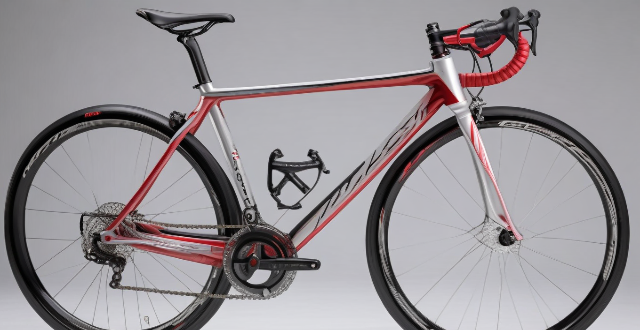Hub motors, built into the wheel's hub, are compact and lightweight, making them suitable for bicycles. They offer easy installation, quiet operation, and low maintenance but may have limited power output and reduced range. Hub motors are designed for specific wheel sizes and can be more expensive than other electric motors. Despite some disadvantages, they are a popular choice for DIY e-bike projects and those seeking electric power assistance without sacrificing performance or handling characteristics.

Can Hub Motors be Used in Bicycles?
Hub motors are a type of electric motor that is built into the hub of a wheel. They are commonly used in electric bikes (e-bikes) and other applications where space is limited and a compact, lightweight motor is required. In this article, we will explore whether hub motors can be used in bicycles and discuss their advantages and disadvantages.
Advantages of Hub Motors in Bicycles
1. Compact and Lightweight
Hub motors are designed to be small and lightweight, making them ideal for use in bicycles. This is especially important for cyclists who want to maintain the handling characteristics of their bike while adding electric power assistance.
2. Easy to Install
Installing a hub motor in a bicycle is relatively simple compared to other types of electric motors. Most hub motors come with everything needed for installation, including wiring, controllers, and batteries. This makes them a popular choice for DIY e-bike projects.
3. Quiet Operation
Hub motors are generally quieter than other types of electric motors, which is an advantage for cyclists who want to enjoy a peaceful ride without disturbing others around them.
4. Low Maintenance
Since hub motors are sealed inside the wheel hub, they require less maintenance than other types of electric motors. This makes them a good choice for cyclists who don't want to spend a lot of time on upkeep.
Disadvantages of Hub Motors in Bicycles
1. Limited Power Output
While hub motors are suitable for many cycling applications, they typically have lower power output than other types of electric motors. This means that they may not be able to provide enough power for very steep hills or high-speed riding.
2. Reduced Range
The range of an e-bike with a hub motor can be reduced compared to other types of electric motors due to the additional weight and energy consumption required to turn the entire wheel. This can be mitigated by using larger batteries or more efficient battery management systems.
3. Wheel Size Restrictions
Hub motors are designed to fit specific wheel sizes, so they may not be compatible with all types of bicycles. Additionally, some hub motors may only be available for certain wheel sizes, limiting your options if you have a non-standard size wheel.
4. Cost
Hub motors can be more expensive than other types of electric motors, especially if you choose a high-quality model with advanced features such as regenerative braking or torque sensors. However, the cost may be offset by the convenience and ease of installation.
Conclusion
In conclusion, hub motors can be used in bicycles and offer several advantages over other types of electric motors, including compactness, ease of installation, quiet operation, and low maintenance. However, there are also some disadvantages to consider, such as limited power output, reduced range, wheel size restrictions, and cost. Overall, if you're looking for an easy way to add electric power assistance to your bicycle without sacrificing too much performance or handling characteristics, a hub motor could be a great option.